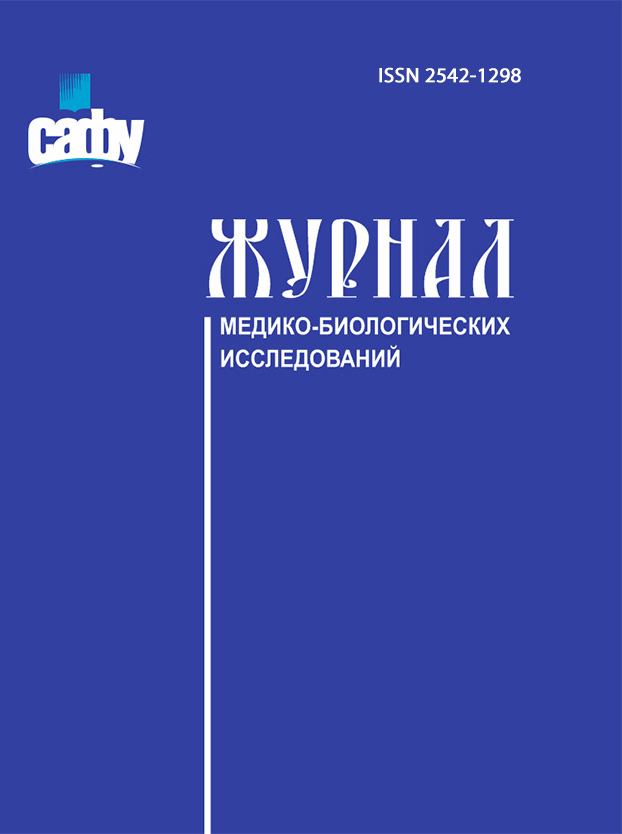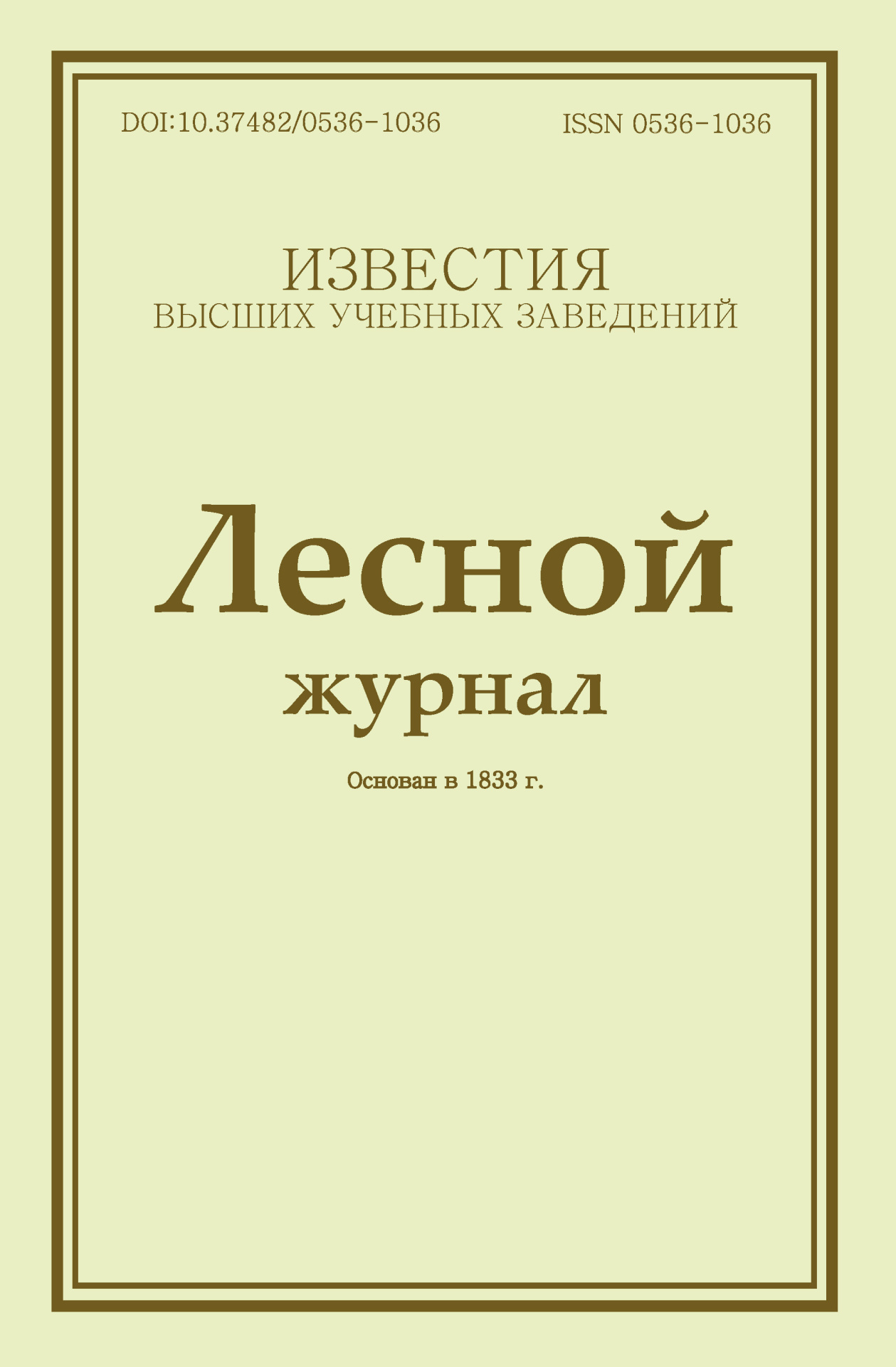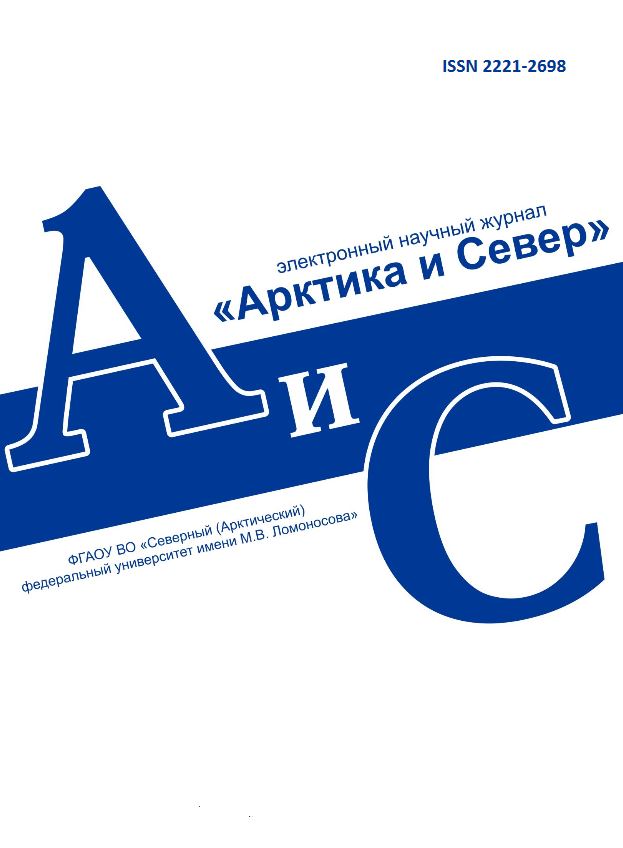
Vestnik of Northern (Arctic) Federal University.
Series "Humanitarian and Social Sciences"
ISSN 2227-6564 e-ISSN 2687-1505 DOI:10.37482/2687-1505
Legal and postal addresses of the founder and publisher: Northern (Arctic) Federal University named after M.V. Lomonosov, Naberezhnaya Severnoy Dviny, 17, Arkhangelsk, 163002, Russian Federation Editorial office address: Vestnik of Northern (Arctic) Federal University. Series "Humanitarian and Social Sciences", 56 ul. Uritskogo, Arkhangelsk
Phone: (8182) 21-61-20, ext. 18-20 ABOUT JOURNAL |
Section: Philology Download (pdf, 4.2MB )UDC81’42(045)DOI10.17238/issn2227-6564.2019.1.75AuthorsElena V. PolikarpovaNorthern (Arctic) Federal University named after M.V. Lomonosov; nab. Severnoy Dviny 17, Arkhangelsk, 163002, Russian Federation; e-mail: polikarpova.narfu@yandex.ru AbstractThis article dwells on the stylistic originality of Eugene Gagarin’s novella Die alte Hofdame. The paper analyses the ways of connecting the author’s intentions with the choice of linguistic means of describing and commenting on the characters and events. Gagarin applies stylistic devices based on opposition, such as paradox, antithesis, antonymy, lexical conversion, meiosis, and oxymoron. Each of them expresses the author’s intention in its own way, based on the specific action mechanism of expression. Thus, paradox underlines the inconsistency of the situation due to the extreme incomparability of the narrative planes. Both antithesis and antonymy juxtapose situations or specific actions; however, antithesis is used on the sentence level, while antonymy involves words of different parts of speech, most typically nouns, verbs and adjectives. The stylistic technique of lexical conversion allows us to see two parallel actions in one and the same description. The expression of meiosis is in organic relationship with the author’s intention, emphasizing the significance of the described event by highlighting the importance of an episode of this event. Difficult, contradictory and mutually excluding circumstances are described through oxymoron. It is noteworthy that the cumulative expression of several stylistic devices based on opposition allows the author to achieve a striking contrast between actual reality and assumed reality. As a result, the linguistic stylistic analysis showed that due to the layering and interweaving of different stylistic devices as well as to their interchange of planes of expression, the reader is able to trace in Gagarin’s novella the episodes from the life of an elderly woman embodying old – pre-Soviet – Russia.KeywordsEugene Gararin, Die alte Hofdame, stylistic device, cumulative expression, lexical conversion, antonymy, paradox, oxymoron, author’s intentionReferences1. Gagarin Evgeniy Andreevich [Eugene Gagarin]. Abramova T.N., Ludkova N.N. (comps.). Literaturnoe nasledie Vinogradovskogo rayona [Literary Heritage of Vinogradovsky District]. Bereznik, 2011, pp. 7–11.2. Galimova E.Sh. Doroga k domu. E.A. Gagarin i ego geroi v poiskakh Rodiny [The Way Home. Eugene Gagarin and His Characters in Search of Motherland]. Severnyy tekst russkoy literatury. Vyp. 4. Struktura i tekst [Northern Text of Russian Literature. Iss. 4. Structure and Text]. Arkhangelsk, 2018, pp. 148–163. 3. Gergel’ R. Eshche odno imya: Evgeniy Andreevich Gagarin [Yet Another Name: Eugene Gagarin]. Filologicheskie zapiski, 1999, no. 13, pp. 203–204. 4. Elepova M.Yu., Rykova E.E. Izobrazhenie severnoy ssylki v romane A. Rusinova “Velikiy obman” i v knige O.V. Volkova “Pogruzhenie vo t’mu”. K probleme poetiki memuarno-avtobiograficheskoy prozy [The Image of the Northern Exile in A. Rusinov’s Novel The Great Deception and in O.V. Volkov’s book Immersion in the Darkness. On the Poetics of Memoir and Autobiographical Prose]. Severnyy tekst russkoy literatury. Vyp. 4. Struktura i tekst [Northern Text of Russian Literature. Iss. 4. Structure and Text]. Arkhangelsk, 2018, pp. 124–136. 5. Nikitina M.V. Traditsiya russkoy novellistiki v tvorchestve E.A. Gagarina [Tradition of Russian Short Stories in Eugene Gagarin’s Oeuvre]. Severnyy tekst russkoy literatury. Vyp. 4. Struktura i tekst [Northern Text of Russian Literature. Iss. 4. Structure and Text]. Arkhangelsk, 2018, pp. 163–169. 6. Polikarpov A.M. Obraz Arkhangel’skogo Severa v knige A. Rusinova “Die große Täuschung” i ee perevode na nemetskiy yazyk [The Image of the Arkhangelsk North in A. Rusinov’s Book Die große Täuschung and Its Translation into German]. Severnyy tekst russkoy literatury. Vyp. 4. Struktura i tekst [Northern Text of Russian Literature. Iss. 4. Structure and Text]. Arkhangelsk, 2018, pp. 136–148. 7. Popov V. Evgeniy Andreevich Gagarin – pisatel’ russkogo Zarubezh’ya [Eugene Gagarin: An Expatriate Russian Author]. Dvinovazh’e, 1 March 2005, p. 3. 8. Vorontsov A. Evgeniy Gagarin – neizvestnoe imya russkoy literatury [Eugene Gagarin: An Unknown Name in Russian Literature]. Literaturnaya gazeta, 6 November 2008, no. 45, p. 25. 9. Vorontsov A. Potaennaya russkaya literatura [Unknown Russian Literature]. Nash sovremennik, 2000, no. 7, p. 11. 10. Vorontsov A. Prodolzhatel’ klassicheskikh traditsiy: o russkom pisatele-emigrante Evgenii Andreeviche Gagarine [Successor to Classical Tradition: On the Russian Émigré Writer Eugene Gagarin]. Dvina, 2011, no. 4, p. 162. |
Make a Submission
INDEXED IN:
|
Продолжая просмотр сайта, я соглашаюсь с использованием файлов cookie владельцем сайта в соответствии с Политикой в отношении файлов cookie, в том числе на передачу данных, указанных в Политике, третьим лицам (статистическим службам сети Интернет).






